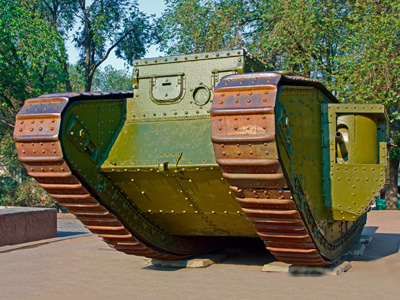
World War One: 1914-18 - Battles Of 1916 On The Western Front - 2
This World History quiz is called 'World War One: 1914-18 - Battles Of 1916 On The Western Front - 2' and it has been written by teachers to help you if you are studying the subject at senior high school. Playing educational quizzes is one of the most efficienct ways to learn if you are in the 11th or 12th grade - aged 16 to 18.
It costs only $12.50 per month to play this quiz and over 3,500 others that help you with your school work. You can subscribe on the page at Join Us
Despite many battles, the Western Front saw little movement during World War One. In February 1916 Falkenhayn launched his attack against the French fortress complex of Verdun. The French were anxious for a British attack further west to deflect German pressure onto the British sector. General Sir Douglas Haig was keen to embark on another head-on offensive, which he saw as the only way to win the war.
Ready for more?
not all...
quizzers. Try to win a coveted spot on our Hall of Fame Page.







